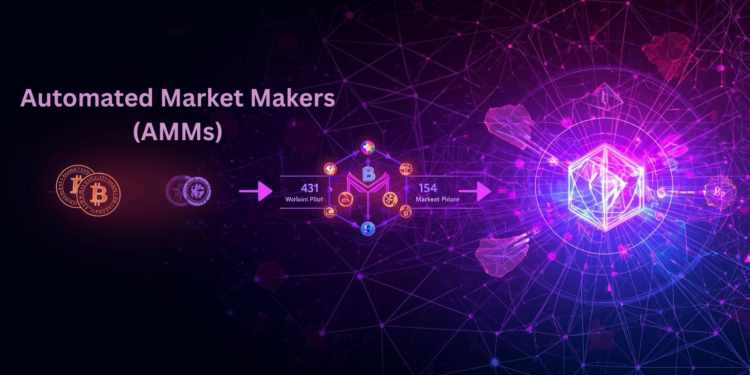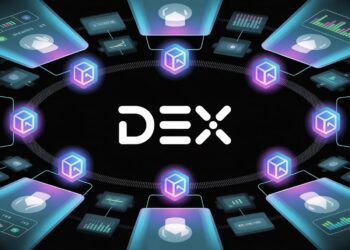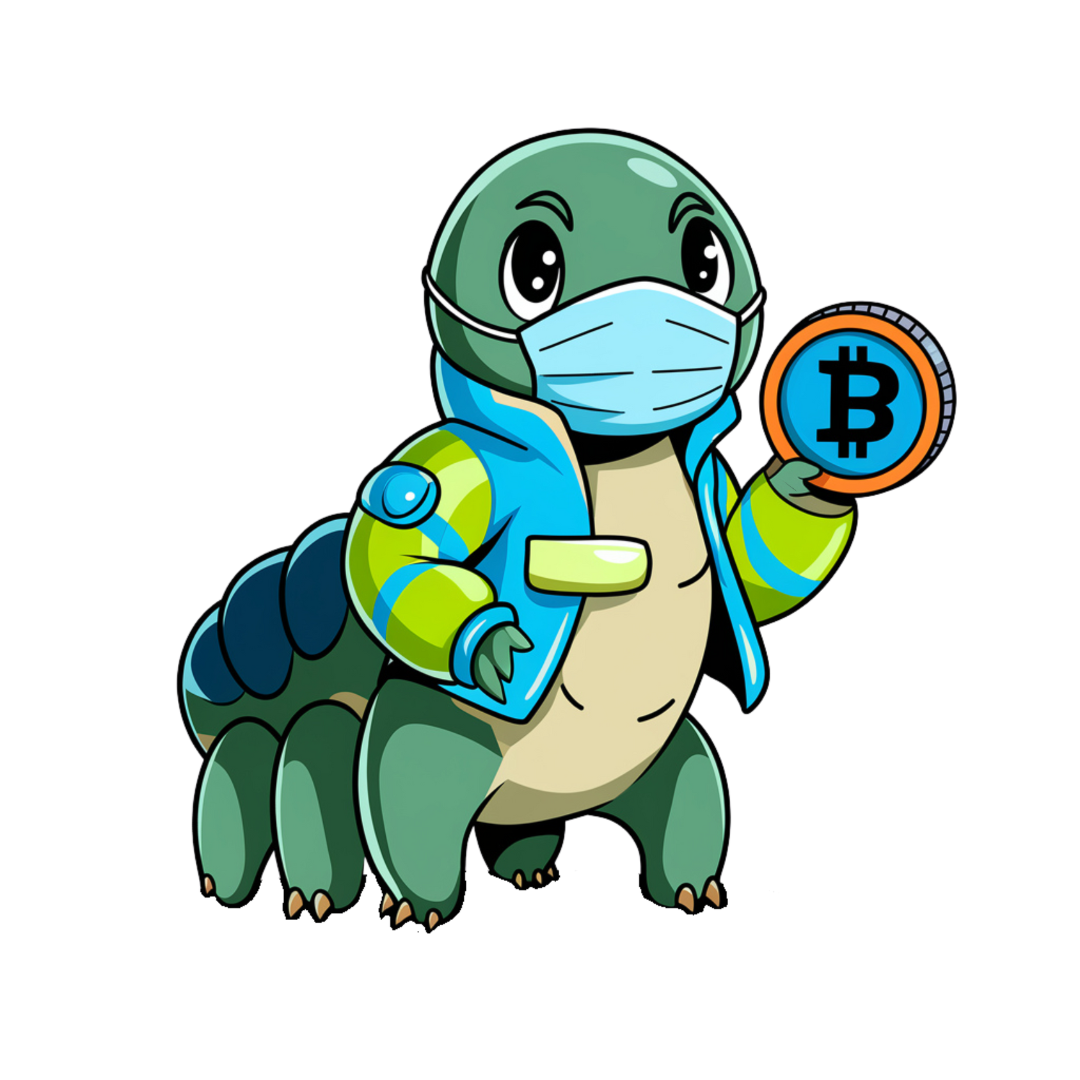Introduction
The rise of decentralized finance (DeFi) has fundamentally reshaped how we think about trading, liquidity, and market participation. At the center of this transformation lies Automated Market Makers (AMMs)—a Web3 innovation that replaced traditional order books with algorithm-driven liquidity pools.
In simple terms, AMMs allow anyone to trade cryptocurrencies directly on the blockchain without relying on intermediaries like banks or centralized exchanges. Over the years, AMMs have evolved from basic swap mechanisms into complex, capital-efficient financial engines. This article explores their journey—from humble beginnings to sophisticated protocols shaping the future of decentralized trading.
What Are Automated Market Makers?
An Automated Market Maker (AMM) is a protocol that enables decentralized trading by using mathematical formulas to price assets. Instead of buyers and sellers posting bids and asks (like in stock markets), AMMs use liquidity pools—smart contracts holding pairs (or baskets) of tokens.
- Liquidity Providers (LPs) deposit assets into these pools.
- Traders swap tokens directly with the pool.
- Algorithms adjust prices based on the pool’s token ratio.
For example, in Uniswap’s simple AMM model, if someone buys ETH using USDC, the pool’s ETH decreases, USDC increases, and the price of ETH rises accordingly.
This innovation solved one of DeFi’s biggest problems: liquidity in a trustless environment.
The Early Days of AMMs
1. Uniswap and the Constant Product Formula
The AMM revolution began with Uniswap (2018). Its model was simple yet powerful: the x * y = k formula, where x and y represent token reserves, and k remains constant.
This meant:
- Anyone could swap tokens instantly.
- Prices were determined automatically.
- Liquidity providers earned fees proportionate to their contribution.
It was elegant but inefficient: large trades caused significant slippage (price changes due to pool imbalance). Still, it set the stage for AMMs becoming the backbone of DeFi.
2. Balancer and Multi-Asset Pools
Next came Balancer, which expanded beyond two-token pools. Balancer allowed multiple tokens in customizable weightings (e.g., 80% ETH, 20% DAI). This flexibility turned pools into self-balancing portfolios—like ETFs running on smart contracts.
3. Curve Finance and Stablecoin Swaps
Another breakthrough was Curve Finance, which optimized swaps between stablecoins. Since stablecoins like USDC, USDT, and DAI are meant to maintain a $1 value, Curve’s algorithm minimized slippage and impermanent loss.
Curve became the go-to platform for stablecoin trading, proving that AMMs could specialize and dominate niches.
The Growth Phase: Yield Farming and Liquidity Mining
AMMs exploded in popularity during the “DeFi Summer” of 2020 when protocols introduced yield farming—rewarding liquidity providers with governance tokens.
- Uniswap airdropped UNI tokens, kickstarting the trend.
- SushiSwap launched as a Uniswap fork, offering extra rewards to attract liquidity.
- PancakeSwap thrived on Binance Smart Chain, bringing AMMs to lower-fee environments.
This phase showed how AMMs weren’t just trading tools but community-driven ecosystems, distributing ownership and governance to users.
Key Challenges Faced by Early AMMs
Despite their growth, early AMMs had limitations:
- Capital Inefficiency – Liquidity sat idle in pools, often unused.
- Impermanent Loss – LPs risked losing value compared to simply holding their tokens.
- Slippage – Large trades still caused price distortions.
- Front-Running & MEV – Miners and bots exploited pending transactions for profit.
These weaknesses spurred the next wave of innovation.
The Evolution: AMM 2.0 and Beyond
1. Concentrated Liquidity (Uniswap V3)
In 2021, Uniswap V3 introduced concentrated liquidity, letting LPs choose specific price ranges for their deposits.
- Liquidity was no longer spread thin across all prices.
- LPs earned more fees with less capital.
- Trading became more efficient with reduced slippage.
This upgrade turned AMMs into active liquidity markets, closer to professional trading desks.
2. Hybrid Models (Curve & Balancer Upgrades)
Curve launched crypto pools for volatile assets and developed veCRV tokenomics, incentivizing long-term participation.
Balancer integrated liquidity bootstrapping pools, helping new tokens launch more fairly.
3. Cross-Chain and Layer-2 AMMs
With Ethereum gas fees soaring, AMMs expanded to Layer-2 solutions (Arbitrum, Optimism) and multi-chain ecosystems (Avalanche, Solana, Polygon).
This made AMMs faster, cheaper, and more inclusive.
4. Algorithmic Innovations
- Constant Sum AMMs for stable pairs (e.g., Curve).
- Dynamic Fee AMMs that adjust fees during volatility.
- Virtual AMMs (vAMMs) powering perpetual DEXs like dYdX.
The Role of AMMs in Web3
AMMs are more than just decentralized exchanges—they’re a core primitive of Web3. Their evolution impacts:
- DeFi protocols: Lending platforms, derivatives, and yield optimizers integrate AMMs.
- NFT marketplaces: NFT AMMs enable floor-price liquidity (e.g., Sudoswap).
- DAOs & Governance: AMM tokens distribute voting power and protocol ownership.
- Token launches: Fairer, permissionless liquidity bootstrapping events.
In short, AMMs are the infrastructure layer for decentralized economies.
Case Study: From Uniswap to Curve Wars
One of the most fascinating stories in AMM evolution is the Curve Wars.
Curve’s governance token (CRV) could be locked into veCRV, giving holders boosted rewards and voting rights over liquidity incentives. Other protocols, like Convex Finance, aggregated CRV to control Curve’s incentives.
This created an entire meta-economy, where DAOs competed for liquidity control—a prime example of AMMs driving new governance and financial models.
The Future of AMMs
Where are AMMs headed in the next phase of Web3? Several trends are emerging:
1. Integration with Traditional Finance
As regulators and institutions warm up to DeFi, AMMs may bridge into Real-World Assets (RWAs) like tokenized bonds, commodities, and equities. Liquidity pools could become universal settlement layers.
2. Smart Liquidity Routing
Future AMMs will integrate AI and smart routing, automatically finding the best paths across multiple chains and pools for users.
3. Enhanced Risk Management
Protocols are exploring hedging solutions for impermanent loss, like insurance mechanisms and dynamic hedging strategies.
4. Composable Liquidity
Web3 thrives on composability. AMMs will increasingly connect with NFTs, DAOs, derivatives, and GameFi, forming interoperable ecosystems.
5. Regulatory Considerations
As AMMs grow, they’ll face scrutiny. Decentralized governance and protocol design will need to balance compliance while preserving censorship resistance.
Advantages of AMMs in Web3
- Permissionless Access – Anyone can trade without KYC.
- Global Liquidity – Markets open 24/7 without intermediaries.
- Community Ownership – Governance tokens empower users.
- Composability – AMMs integrate seamlessly with other DeFi protocols.
These benefits align with the ethos of Web3: decentralization, transparency, and inclusivity.
Risks and Criticisms
However, AMMs are not perfect. Critics point out:
- Liquidity Fragmentation across many chains and pools.
- Complexity for LPs in advanced models like Uniswap V3.
- Sustainability of Incentives in yield farming.
- Potential Regulatory Pressure on decentralized protocols.
The evolution of AMMs will depend on solving these issues while retaining decentralization.
Conclusion
Automated Market Makers (AMMs) have come a long way—from Uniswap’s simple constant product pools to advanced, capital-efficient, multi-chain liquidity engines. They have democratized access to trading, reshaped how liquidity is provided, and laid the foundation for decentralized finance.
As Web3 matures, AMMs will continue to evolve—becoming more efficient, interoperable, and integrated with real-world assets. Their journey reflects the broader story of DeFi: a relentless push toward open, inclusive, and programmable financial markets.
Join Us : Twitter | Website | GitHub | Telegram | Facebook | YouTube

























